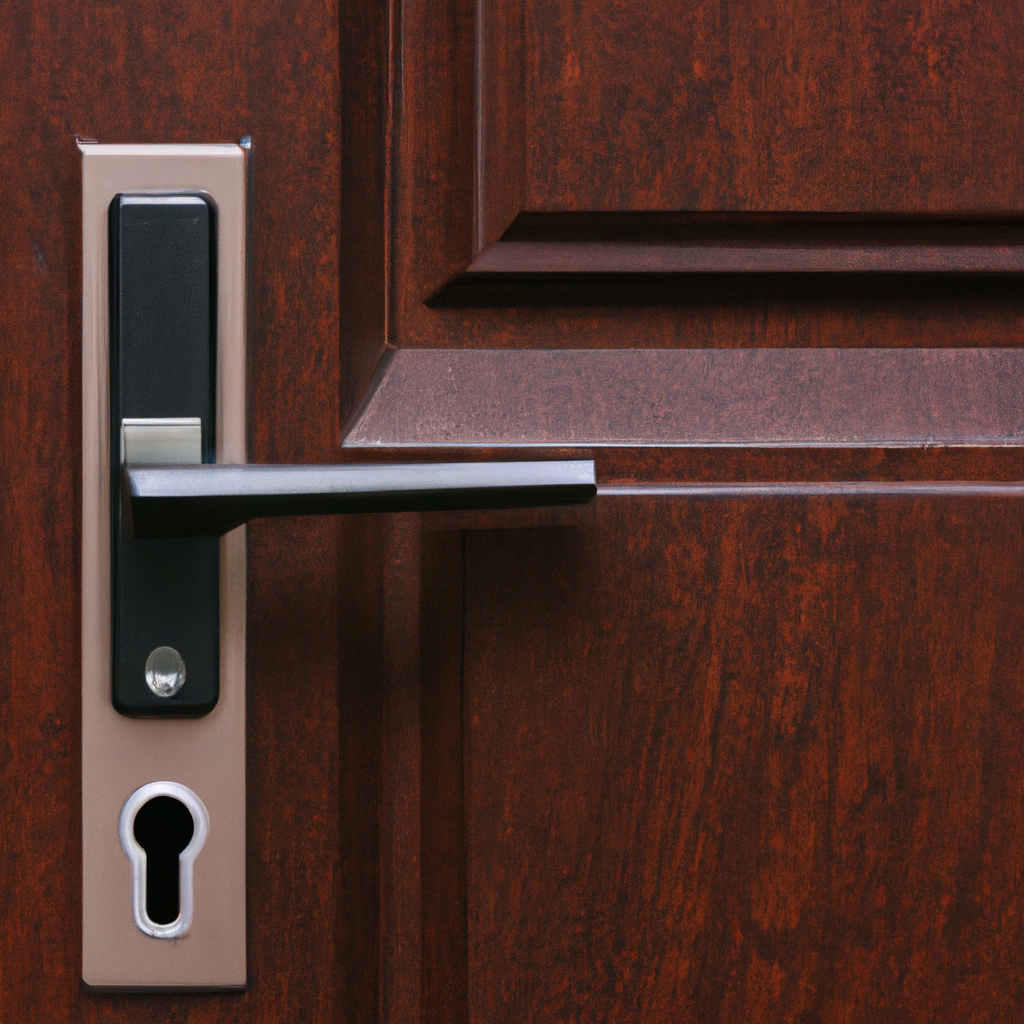WordPress Industry Standards: A How-To Guide
As a web developer or website owner, one of your top priorities is ensuring the security of your website. WordPress, being the most widely-used content management system (CMS) in the world, faces numerous security threats every day. In this guide, we will explore WordPress security industry standards, their importance, and how to implement them to keep your website secure.
Encryption by Default
Encrypting your website is crucial for protecting personal data and ensuring website security. SSL (Secure Sockets Layer) is a standard security technology used to encrypt the communication between web servers and client browsers. WordPress.com automatically serves all sites over SSL, and we highly recommend you do the same. If your website doesn’t use SSL, any information transmitted between the website and the client browser is vulnerable to hackers and other malicious users.
Firewalls
Firewalls are another vital tool for website security, as they provide a barrier between your website and the rest of the internet, blocking unauthorized access. With a firewall in place, your website can keep out any malicious traffic that could potentially harm your data. WordPress.com runs firewalls and alerts whenever there is an unauthorized attempt to access an account.
Monitoring Suspicious Activity
Regularly monitoring suspicious activity is essential to identifying potential security threats. By keeping an eye on web traffic, you can detect if and when someone tries to access your website without proper authorization. Suspicious activity can include things like frequent password attempts, access from unusual locations, or unusual data transfers. WordPress.com continuously monitors web traffic and has processes that alert when unauthorized activity takes place.
Security Testing
Regular testing helps identify potential security vulnerabilities on your website. We recommend performing a comprehensive security audit at least once a year, and after any significant updates to the website to detect and fix any vulnerabilities. A thorough security audit may include penetration testing, code reviews, and security assessments.
Data Backup and Recovery
Your website’s data is essential, and a backup and recovery strategy is necessary to ensure continuity in case of any data loss due to events like power supply failure or natural disasters. Ensure you regularly backup your website and keep the backups in a secure location.
Keep Your Secrets Secret
Passwords are the weakest link to any online activity, and it is essential to keep them secret at all times. Always create unique passwords for your website and other online activities. Use a password manager to store complex passwords or use long passphrases consisting of a series of words, numbers and characters that are easy to remember but hard to guess.
Two-Step Authentication
Two-step authentication (also known as Two-Factor Authentication) adds another layer of security to your website beyond just a password. It requires two methods of authentication, typically a password plus an additional code sent via a text message or generated through an authentication app.
Control Site Access
Restricting access to your website can also protect it from unauthorized access. WordPress.com enables you to control site access by enabling or disabling account registration. You can select who has permission to access the admin panel, edit content, and more.
In conclusion, website security is critical, and implementing WordPress security industry standard practices is necessary to keep your website safe. By encrypting communication, running firewalls, monitoring suspicious activity, performing regular security testing, backing up data regularly, using strong passwords or two-factor authentication, controlling access to your website, you ensure your website is secure from threats. Remember, website security is an ongoing process that requires continuous effort. By following these steps, your website will remain secure and protected from any potential threats. [1][2]

